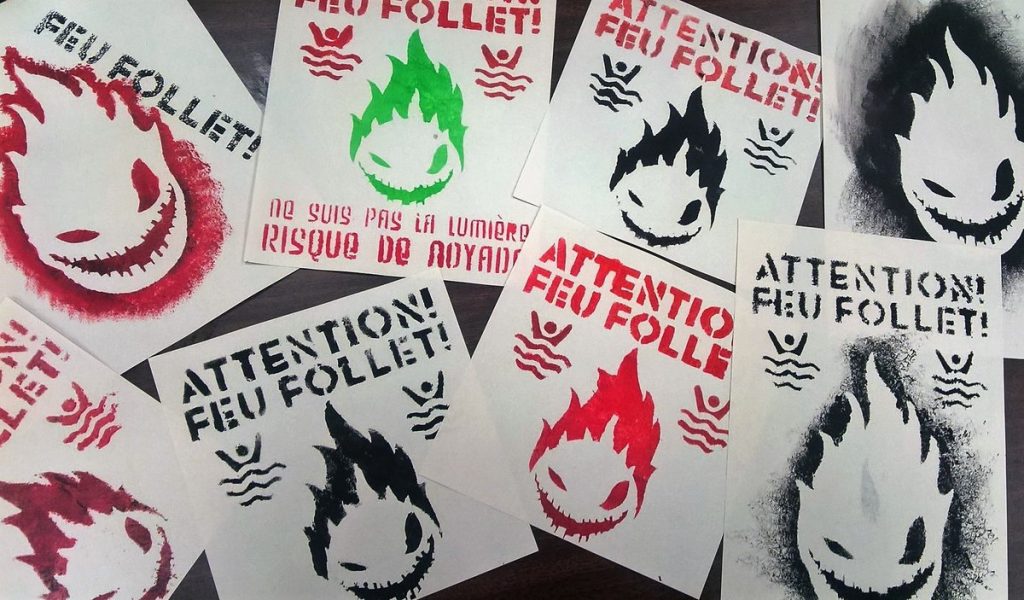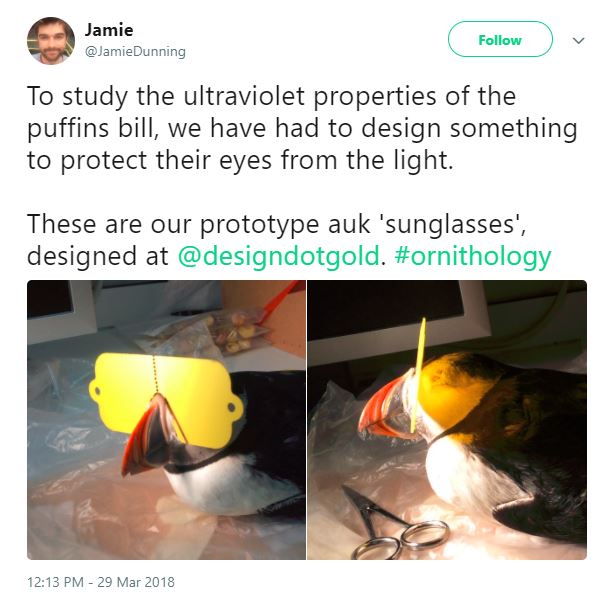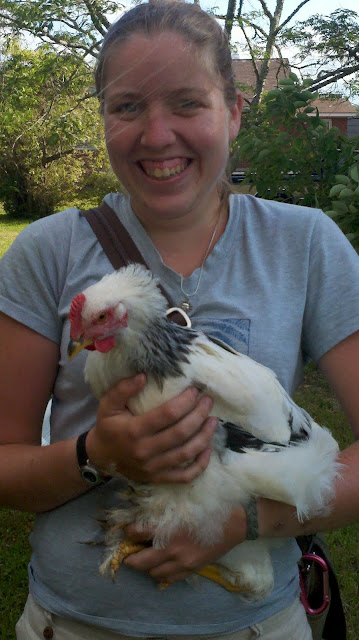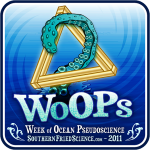
Foghorn (A Call to Action!)
- Want to help stem the tide of misinformation online and off? Do you have it all figured out and just need resources to implement your world-saving solution? The Rita Allen Foundation is looking for Solutions to Curb the Spread of Misinformation.
Flotsam (what we’re obsessed with right now)
- Hagfish. Tough. Lovable. Slimy. But not too slimy. Hagfish Take Weeks to Recover from Sliming Someone.
https://www.youtube.com/watch?v=pmaal7Hf0WA
- Kevin D’Angelo integrated the OpenCTD with a new protocol for detecting salinity using the gold pins of a microUSB controller and I am blown away! Outstanding work.
- This is a puffin wearing sunglasses for science.
The Levee (A featured project that emerged from Oceandotcomm)
- Installed as a beacon of hope for a hurricane-racked island, the statue had to be moved multiple times due to the eroding coast: Our Lady of the Sea by Russel Arnott.
- Russell also created these outstanding posters to warn us away from Louisiana’s famed and fearsome swamp ghosts:





